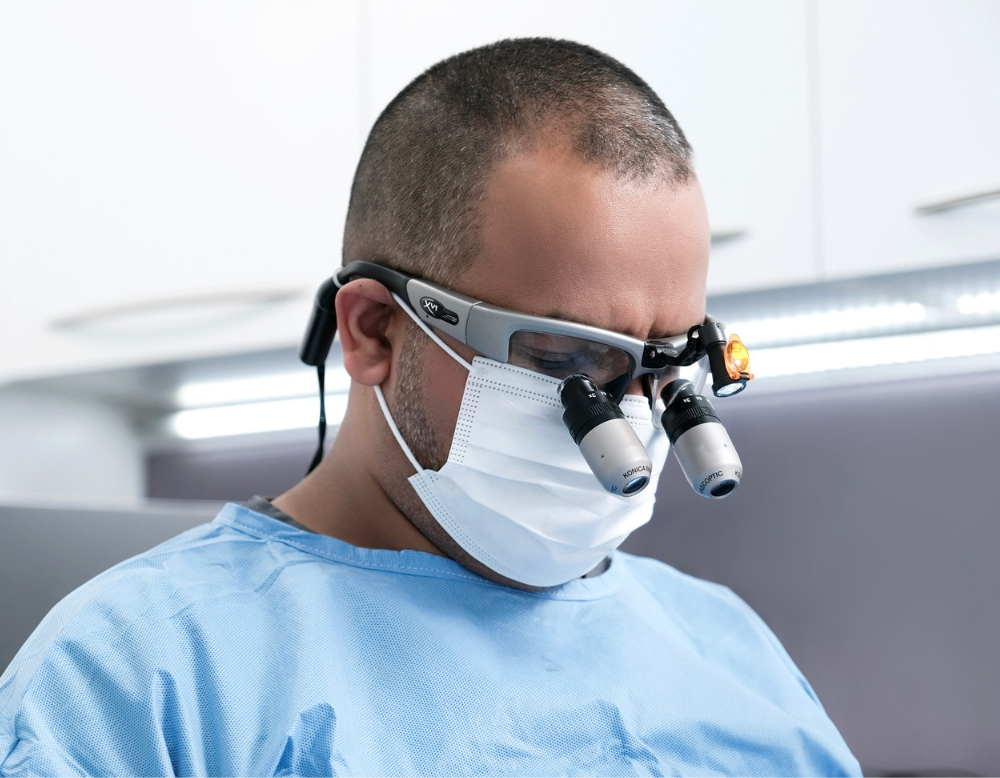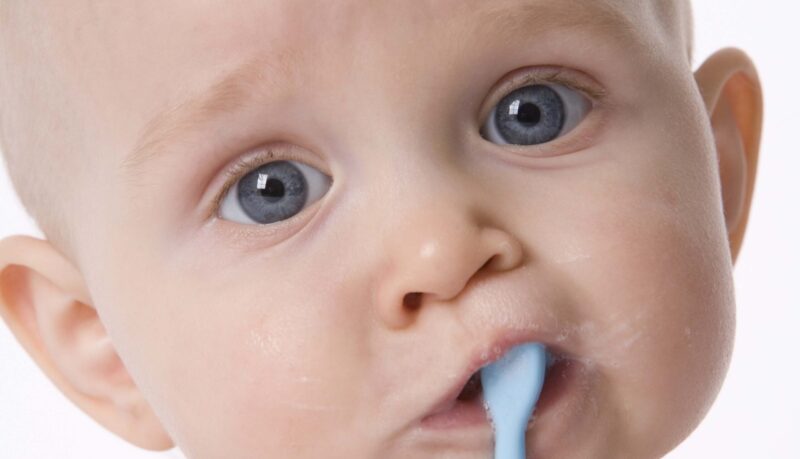

Most babies start getting teeth within their first year of age, and for many babies, this causes pain and discomfort. In this post, we’ll tell you how to spot the signs of teething and what to do if your baby has teething pain.
Teething is the process whereby your child’s teeth emerge through the gums. It typically takes around two years for all the baby teeth to come through. Here’s the order they come in:
Most babies will have a full set of teeth by the time they are 2 and a half years old.
If you think your baby is teething, check to see if any of these symptoms are present:
While some people think that teething can cause fever and diarrhoea, there’s no actual evidence to support this.
No one likes to see their baby in distress, so if your baby has teething pain, here are a few things you can try to ease their discomfort.
Teething rings – Teething rings are objects made of plastic or wood that your baby can chew on. When a teething baby chews on one, it can help to relieve the pain. You put some teething rings in the fridge to make them cold – the cold will also help to soothe your baby’s teething pain.
Teething gel – Teething gels are a special type of gel designed for teething babies. They contain a mild anaesthetic that helps to numb pain. You simply put the gel on your baby’s gum or tooth, and it quickly reduces your baby’s discomfort and pain. The gels that numb the pain around the erupting tooth. Never use adult pain relief gels on babies, though, as these can be dangerous for children.
Food – Babies who are old enough to eat can sometimes find relief by chewing on solid foods such as bread, carrots and apples.
If none of these measures work or if you have any concerns about your baby’s health, then seek professional medical advice by calling NHS 111 or by making an appointment with your GP.
We hope you’re more confident about teething. By the way, did you know that you should take your baby for a dental checkup within the first six months of the start of teething? If you’d like to book an appointment with us for your baby, just contact our friendly reception team!
Back to Blog
Error: No connected account.
Please go to the Instagram Feed settings page to connect an account.